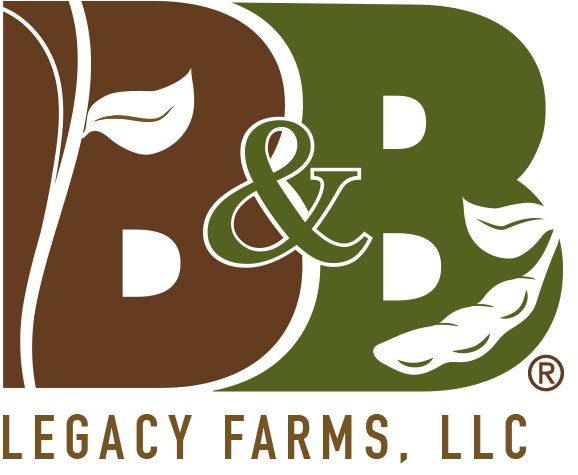Crunch Time: Healthy Holiday Habits to Start Now
No time to cook?
This holiday season, make a healthy shift with roasted soybeans—no cooking required!
Start a No-Cook, Fiber-Filled, Protein-Packed Holiday Habit!
Buy some roasted soybeans and keep them in a jar on the counter.
Ways to Use Roasted Soybeans:
Snack Attack: Enjoy a handful straight from the jar for a quick, satisfying boost of protein and fiber.
Breakfast Booster: Add them to your morning oats, yogurt, or smoothie bowls for an extra crunch and nutrient kick.
Salad Topper: Toss on salads for added crunch and flavor.
Trail Mix Addition: Combine with nuts and dried fruits for a delicious on-the-go snack.
Soup Garnish: Use as a nutty garnish for soups or stews.
You can also roast your own soybeans!
We have a recipe that’s easy to follow and allows you to customize the flavor, providing a delicious, nutrient-dense snack that’s high in protein and fiber—perfect for satisfying cravings without the guilt.
Roasted Soybeans Pack a Nutritious Punch
About 5 tablespoons of roasted soybeans (30 grams) provides 11 grams of protein, is rich in iron, a good source of calcium and fiber, has no cholesterol, and is only 150 calories.
The key to adding this new health habit is to make this high-fiber, nutritious, high-protein snack visible and available.
Concerned about packing on extra pounds the next couple of months starting with Halloween candy? It happens to most of us every year.
Small changes can help. Here’s our top tips:
Have a handful of roasted soy nuts as a simple snack during the day rather than a sugary or salty treat.
Add roasted soy nuts to yogurt or applesauce in the morning for breakfast to keep you fuller longer.
Try a simple salad with veggies and roasted soy nuts for an inexpensive and nutritious lunch.
Keep roasted soy nuts in your vehicle to snack on when running errands between meals.
Dietary fiber promotes a healthy digestive system and triggers feelings of fullness. It also helps us manage blood sugar levels and keep cholesterol levels in check. Adding roasted soybeans to your diet is an easy way to increase fiber.
Nutrition Profile of Soybeans
Soy is one of the few known plant foods that is a complete protein (the other is amaranth seed and to a lesser degree, quinoa), which means it contains all the essential amino acids, like those found in meat.
“The difference in protein sources such as meat, eggs, and dairy products, like cheese and yogurt is that they don’t contain any fiber and contain cholesterol.” (Source: British Heart Foundation)
Essential amino acids are the amino acids we cannot produce (in our bodies); we have to obtain them through the food we eat.
What do amino acids do and why do we care?
The complete nutritional profile of soy makes it uniquely beneficial to a healthy diet.
The soybean is:
high in fiber
high in protein
low in saturated fat
cholesterol free
lactose-free
a good source of omega-3 fatty acids
a source of antioxidants
Source: https://www.betterhealth.vic.gov.au/health/healthyliving/soybeans
Healthy food choices will become increasingly difficult over the next couple of months with Halloween, Thanksgiving, Christmas, and New Year’s being the grand prix of over-indulgence.
If you, family members, or friends struggle with food allergies, diabetes, cardiovascular disease, and/or other diet-related diseases, it can be a risky time as well. I never took meal planning seriously until I faced my own lift-threatening food challenges. It’s worth investing the time.
Growing up in my family, food was about more than nutrition. It was about love.
I hope this pre-season information and simple ideas will help you “show the love” in some new ways.
~Karen



